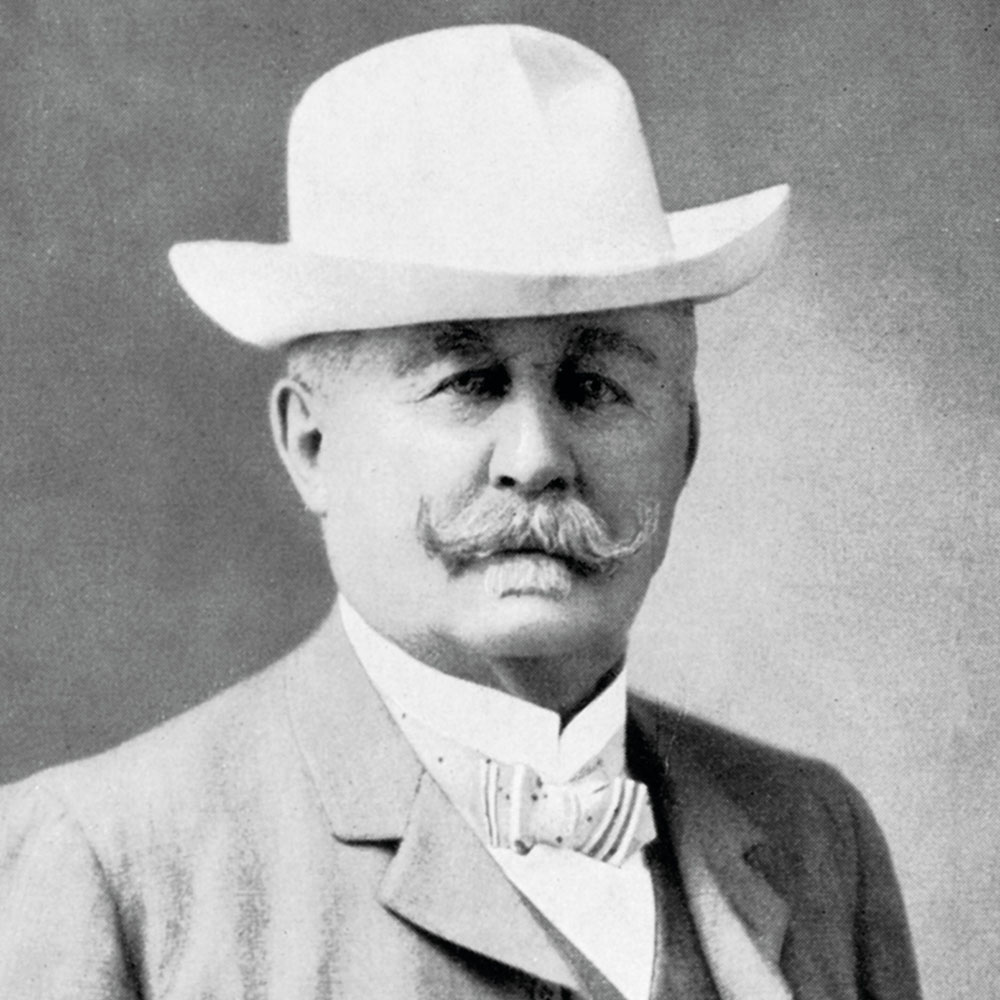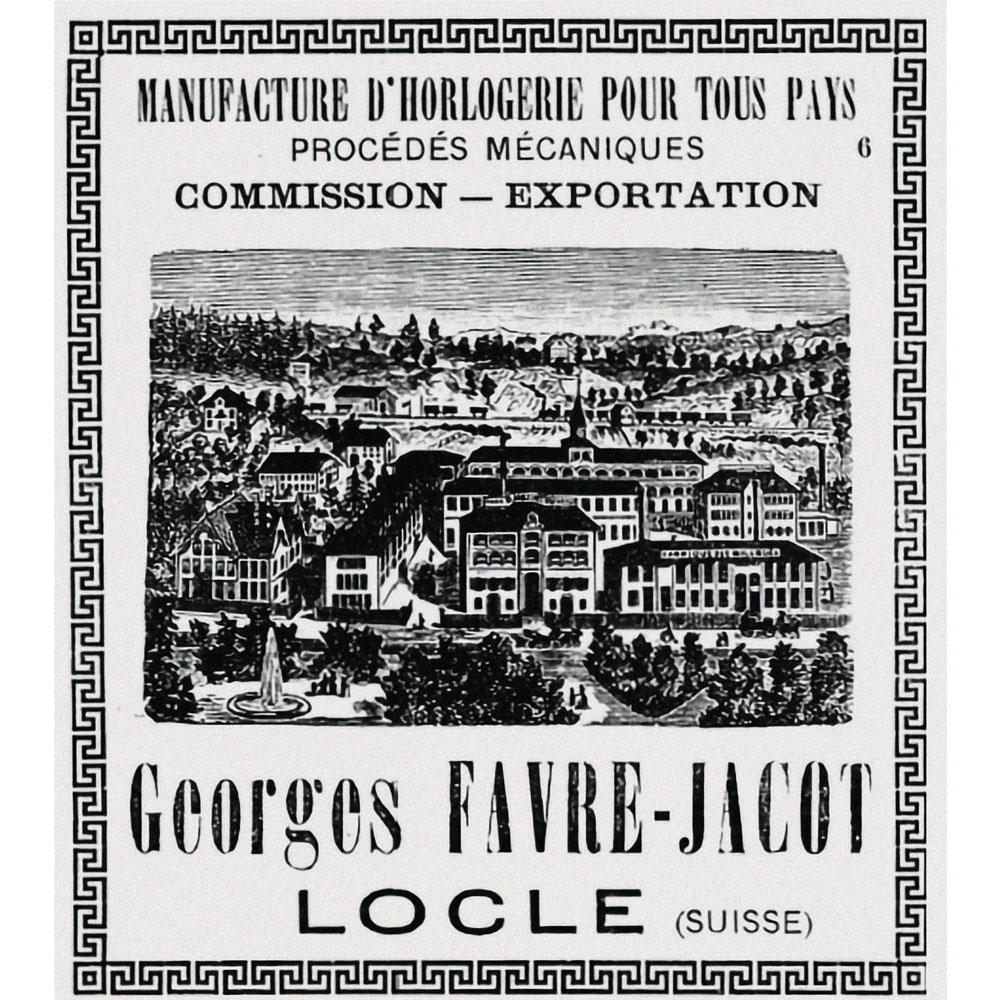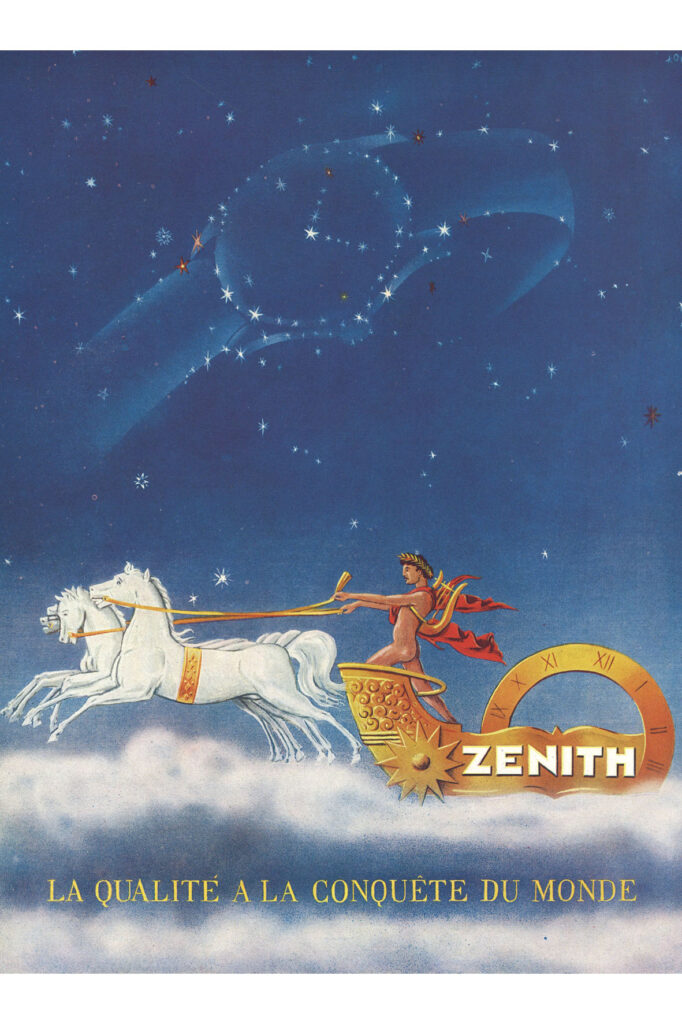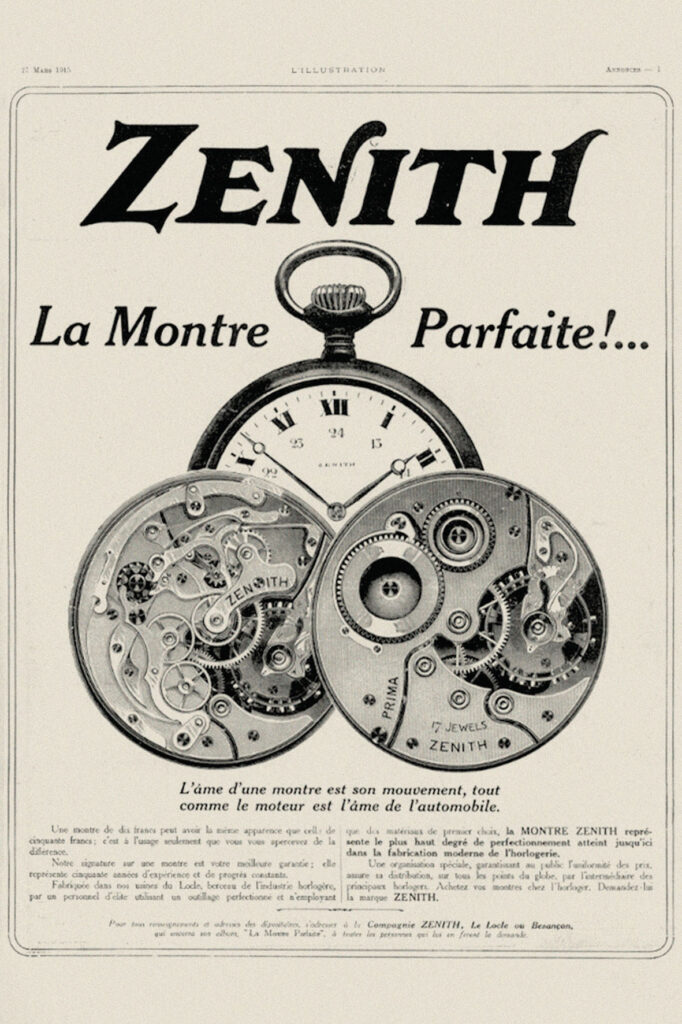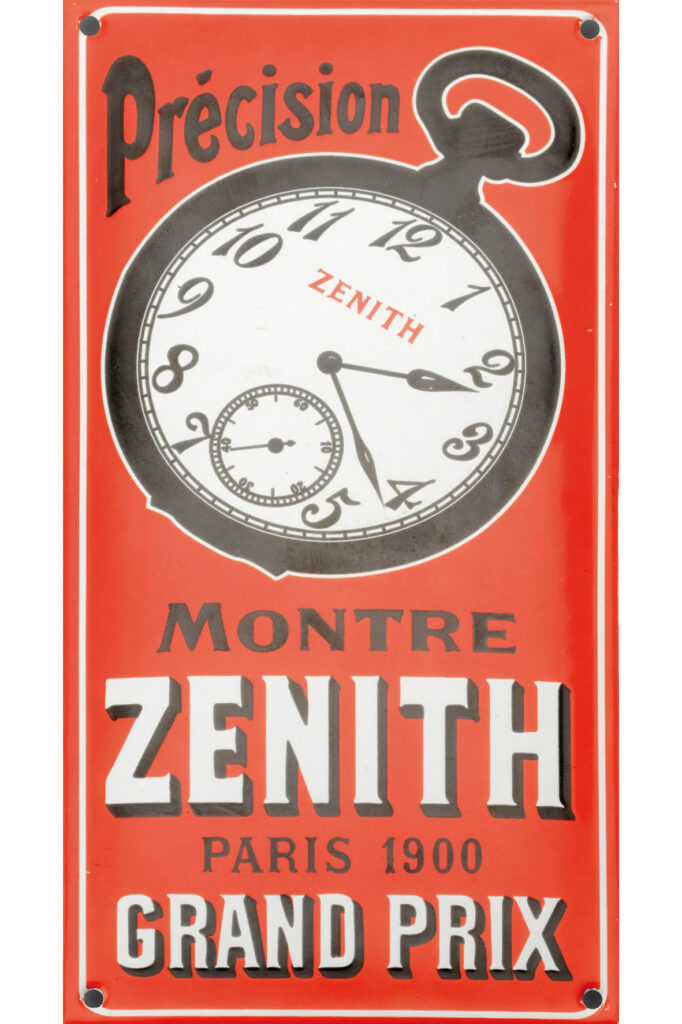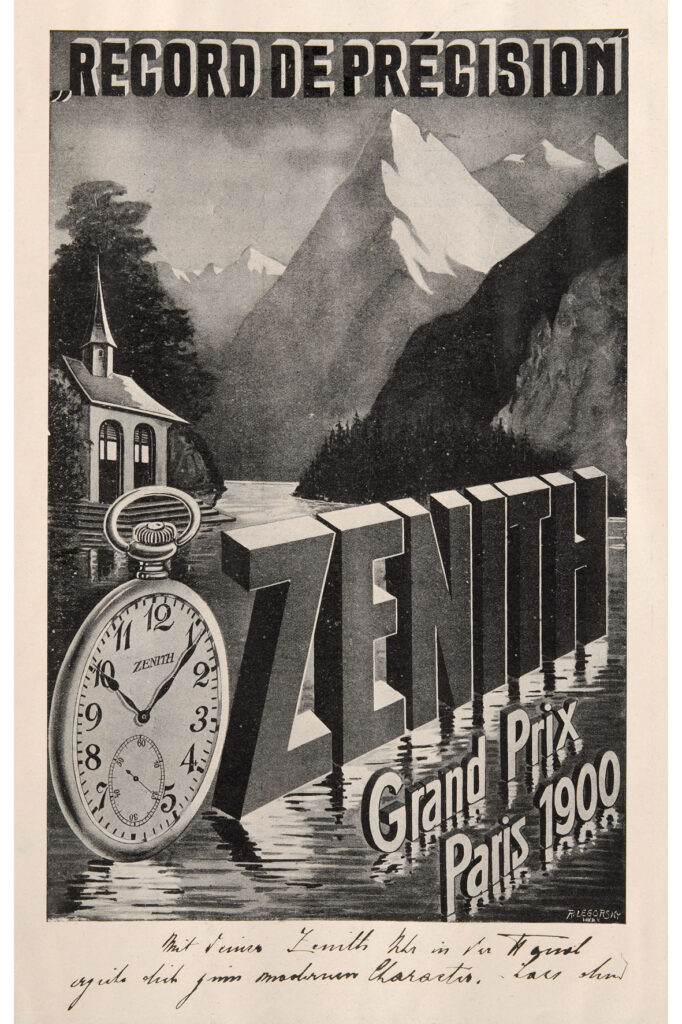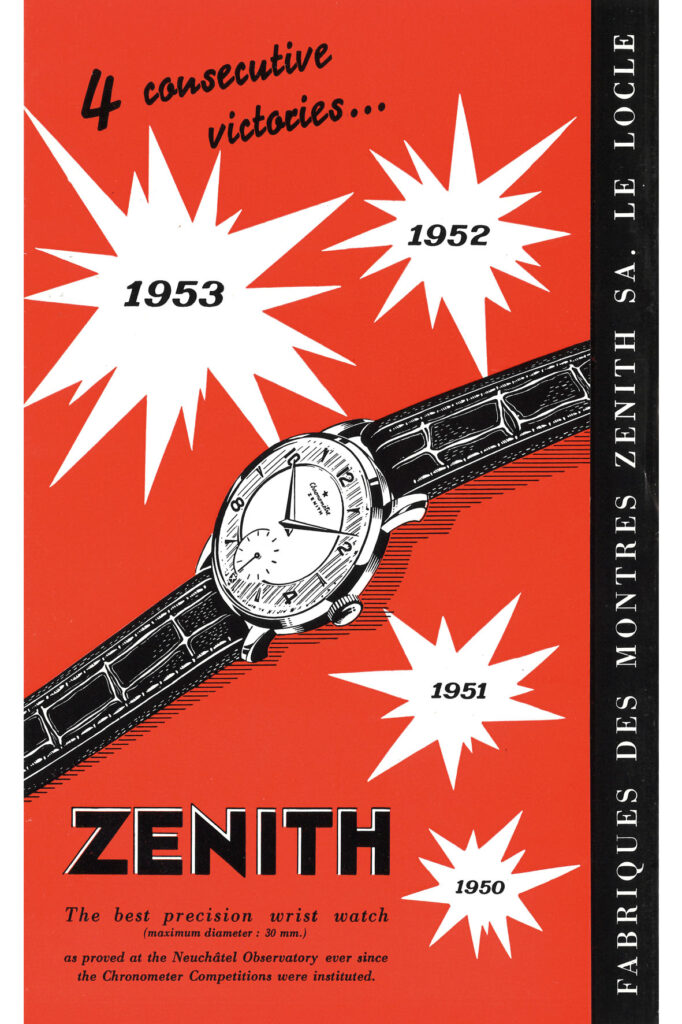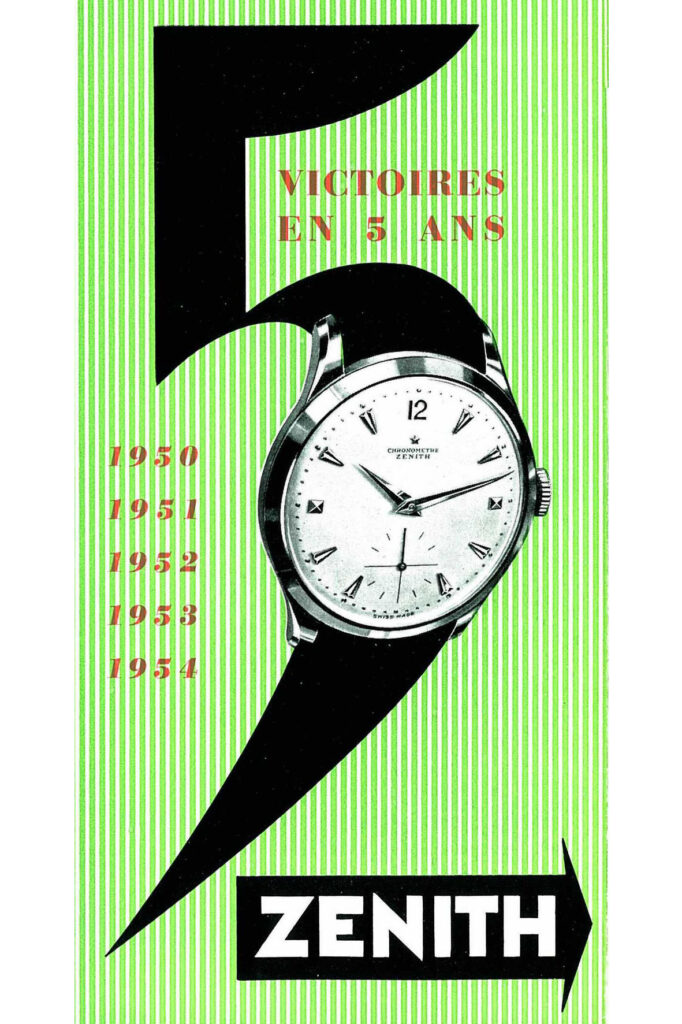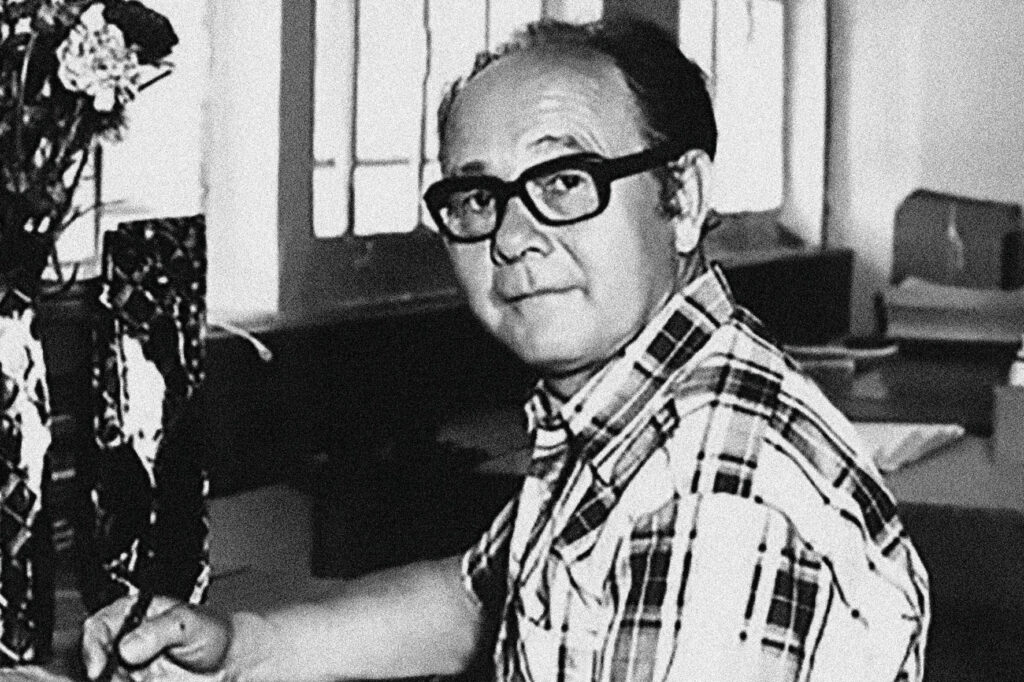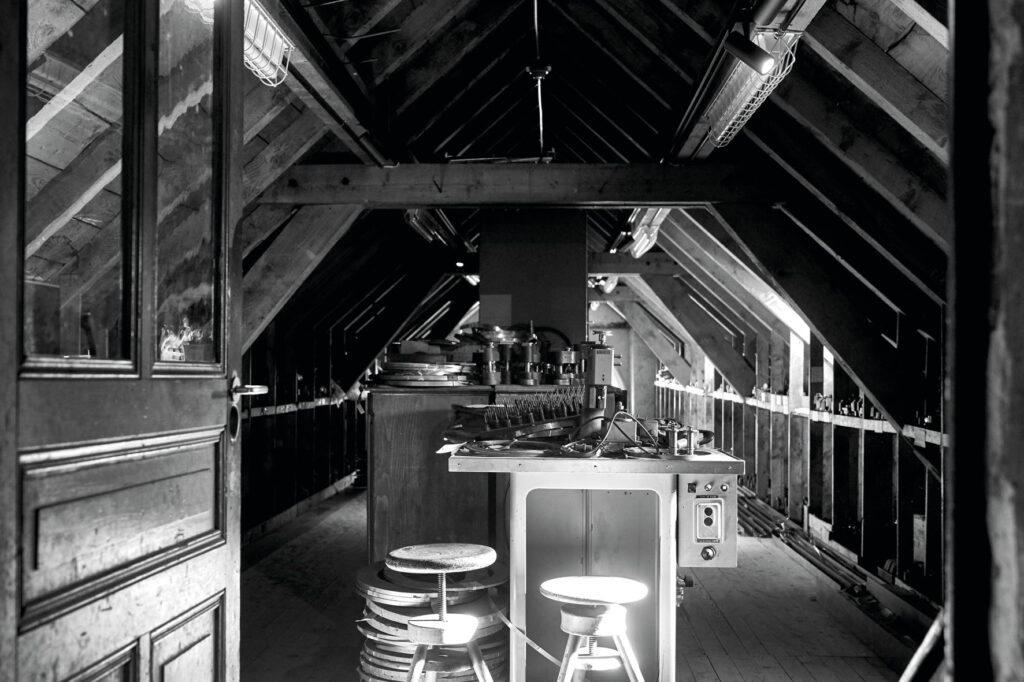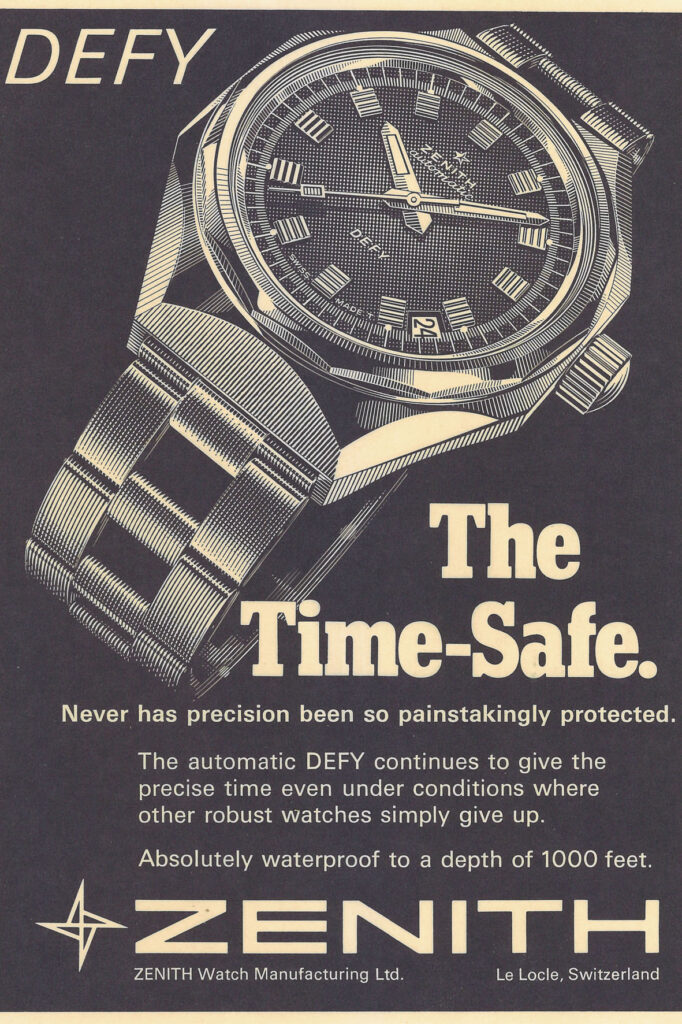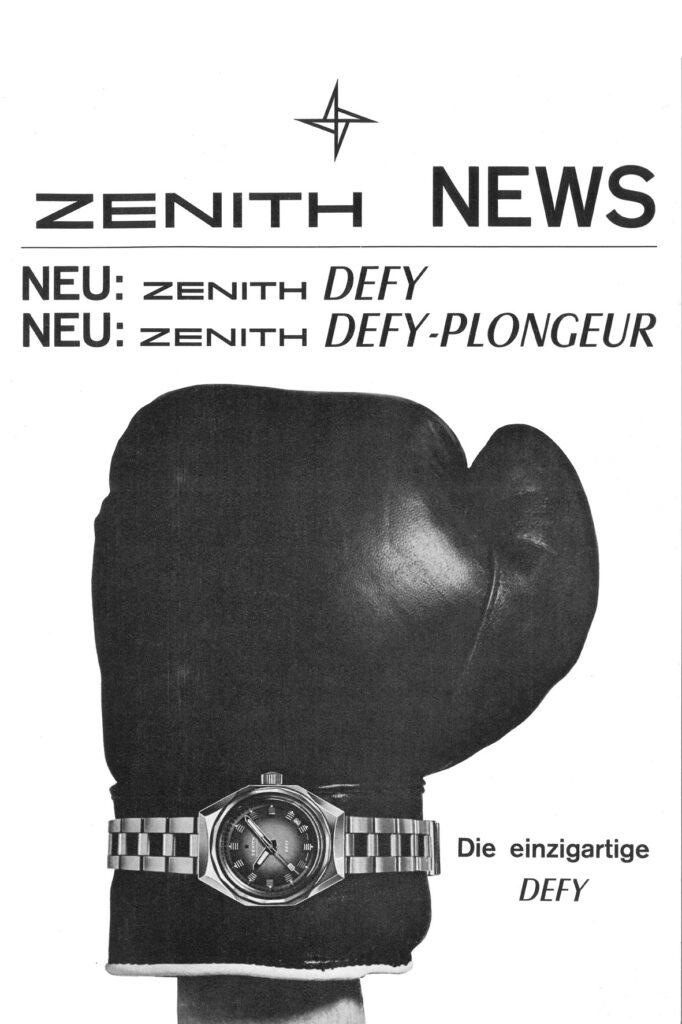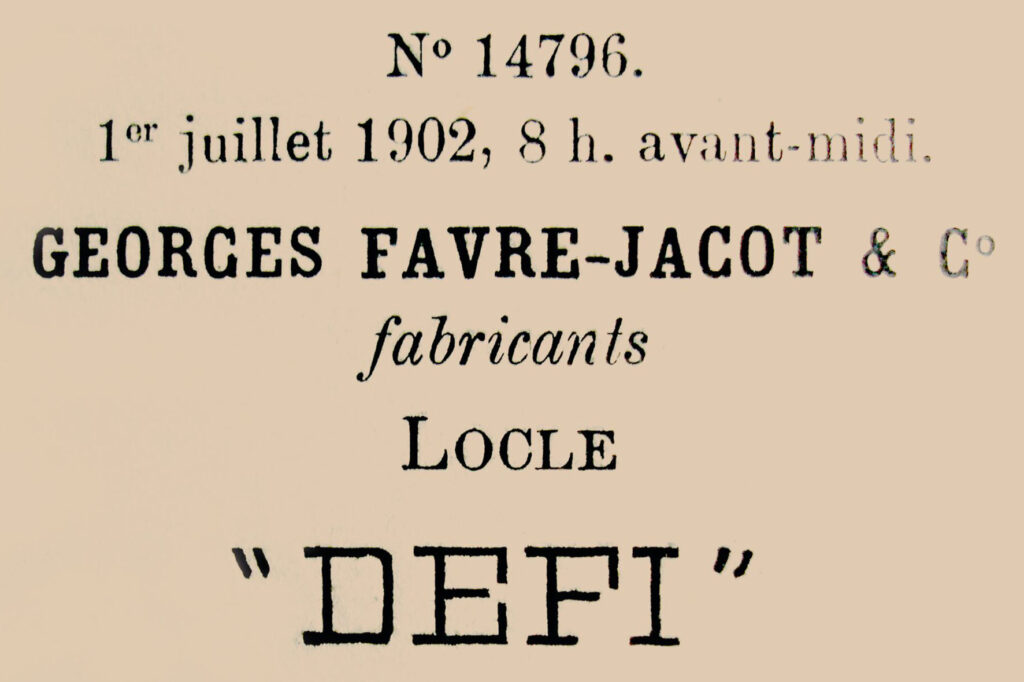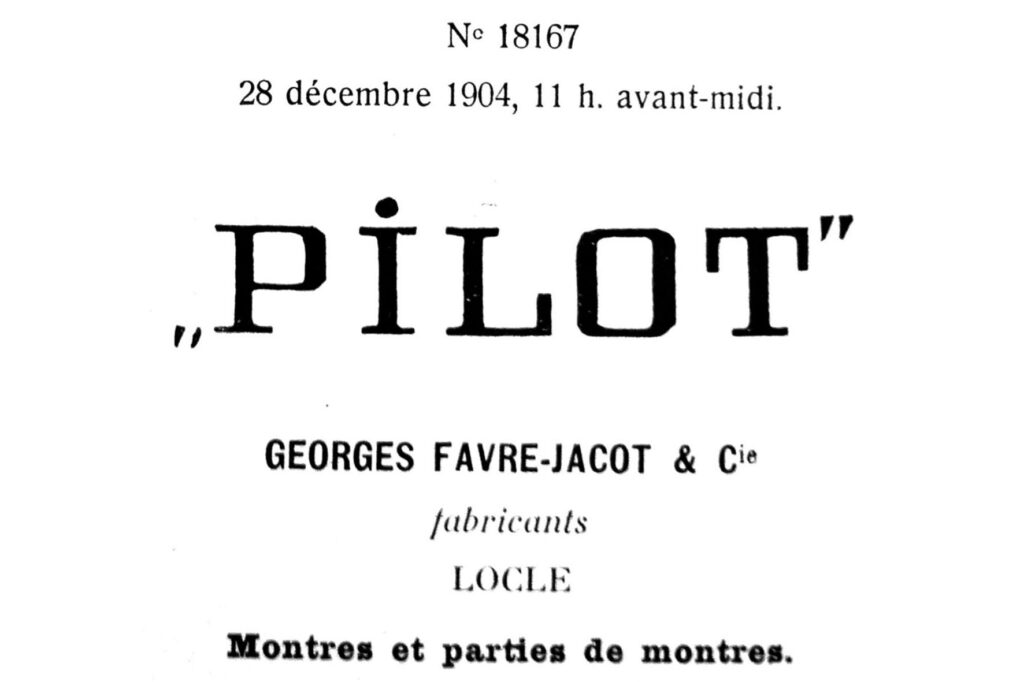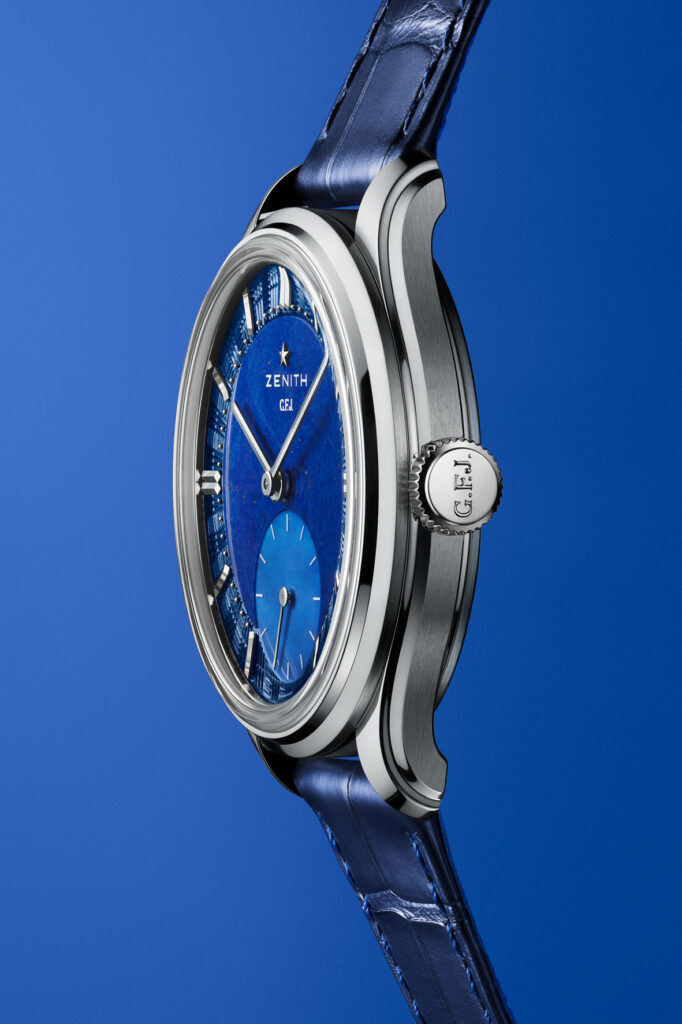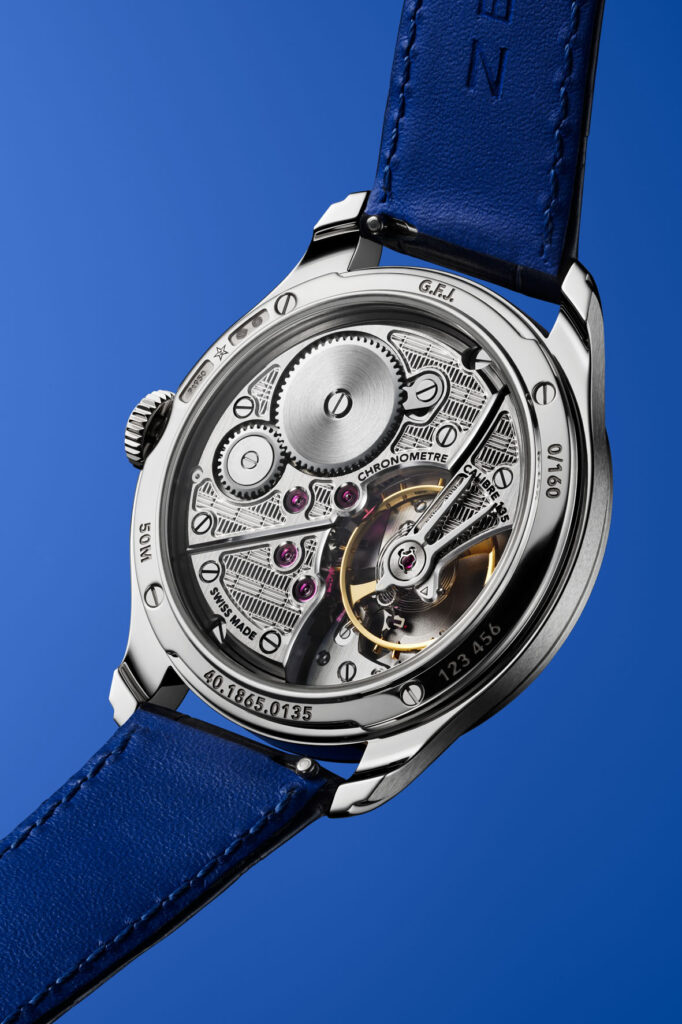Zenith: 160 years of excellence written in the stars
1 April 2025In a 2025 full of anniversaries for the great watchmaking brands, Zenith‘s 160th anniversary stands out. Over a century and a half of history for a brand that – as, inspired by its symbol, the company likes to say – is written in the stars. A story, that of Zenith, which deserves to be told because the manufactory has, in its own way, contributed to writing some of the finest pages of haute horlogerie through timepieces and movements that have become, it must be said, legends.
THE BIRTH OF ZENITH
The story of Zenith begins in the middle of the 19th century in Le Locle, in the Swiss Jura, and features a child, Georges Favre. Like so many children born and raised in a region of pastures, mountains and timepieces, he entered the world of watchmaking when he was only nine years old thanks to his family and began to familiarise himself with the assembly of escapements. A job that soon became a passion to be shared. In fact, in 1863, at the age of 20, he married Louise-Philippine Jacot-Descombes, who also came from a family of watchmakers and was dedicated to mechanics. Together, driven by the passion that united them and thanks to the substantial dowry brought by Louise, in 1865 they opened, on Rue des Billodes, what would later become the company’s factory.
It was a time when Swiss watchmaking was still based on the traditional model of the so-called établissage. Each craftsman in the Jura valleys worked the individual components in his own house, specialising in a specific part of the watch. Subsequently, the parts arrived at an établisseur, who proceeded to assemble and create the finished watch. Something that was not part of the plans for Georges Favre-Jacot, who wanted to create a production model that brought together all the skills needed to make a watch under one roof, from the basic idea to the finished product. Where, however, could he draw inspiration for such a project? In the country where, in those years, an industry devoted to integration and automation was taking shape: the United States.
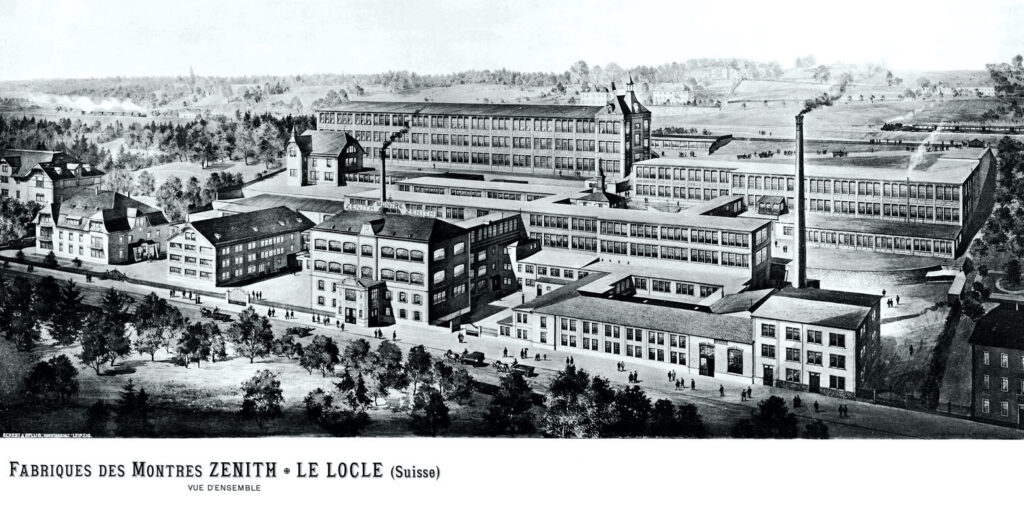
In fact, he was inspired by the great American factories that he discovered while visiting the country and about which he continued to inform himself, for example, by reading the report that the Swiss engineer Jacques David wrote during his visit to the Philadelphia World’s Fair in 1876. Favre-Jacot imagined a vertical industrial model – which he was able to put in place within just a few years with the factory on Rue des Billodes. From a small workshop, it grew into the largest factory in the Neuchâtel mountains, with an area of 9,300 square metres and a total of 18 buildings. At the beginning of the 20th century, more than 600 craftsmen worked there, producing 100,000 watches a year.
GEORGES FAVRE-JACOT’S VISION
But it was not just a manufacture of excellence. Thanks to Favre-Jacot’s industrial vision, the factory was strategically close to the railway line, facilitating trade and the supply of materials needed to produce the watches, as well as the machinery that would make the various parts of the timepieces.

Driven by an unconditional faith in progress, Georges Favre-Jacot raised his own factory by building tools and machines himself, setting up a mechanical workshop, a foundry, a printing works and even running a stone quarry. In 1886, he was the first to power a watch factory with electricity and to realise how important it was to open up to the world, but also to ensure that it was the world that came to Le Locle. He therefore had a hotel-restaurant built for those visiting the town.
In addition to an irrepressible entrepreneurial spirit, Favre-Jacot also possessed a rare and great talent for business. That is why, in 1896, he entrusted his nephew, James Favre, with the task of expanding Zenith’s horizons beyond Switzerland and Europe. James Favre travelled from Europe to Asia and America, creating the business ties and personal relationships that would make Zenith an internationally recognised name. A name that, legend has it, was inspired to Georges Favre-Jacot by his nocturnal vision of the starry sky. Just as the zenith is the spot on the celestial sphere that is exactly above an observer’s head, in the same way it evokes ascent, perfection, striving towards the highest point. That which, according to Favre-Jacot, his company should have reached in the world of watchmaking.
ZENITH, AN INTEGRATED MANUFACTURE
A matter of a few years. As early as 1897, he presented the Zenith, a name he chose for its calibre of excellence before it became the name of his Maison in 1911. In the light of this first creation, Georges Favre-Jacot realised that to achieve what he had in mind, he had to create a perfect synergy between all the talents and skills working in his factory in order to make exceptional watches. Every component of the timepieces would have to meet the highest standards, and every calibre would have to be produced with absolute precision. Because, in a world that, at the beginning of the 20th century, was in full evolution, his watches became precious and precise instruments, and were destined for rapidly expanding sectors: from aviation to navigation, from railways to scientific institutions.
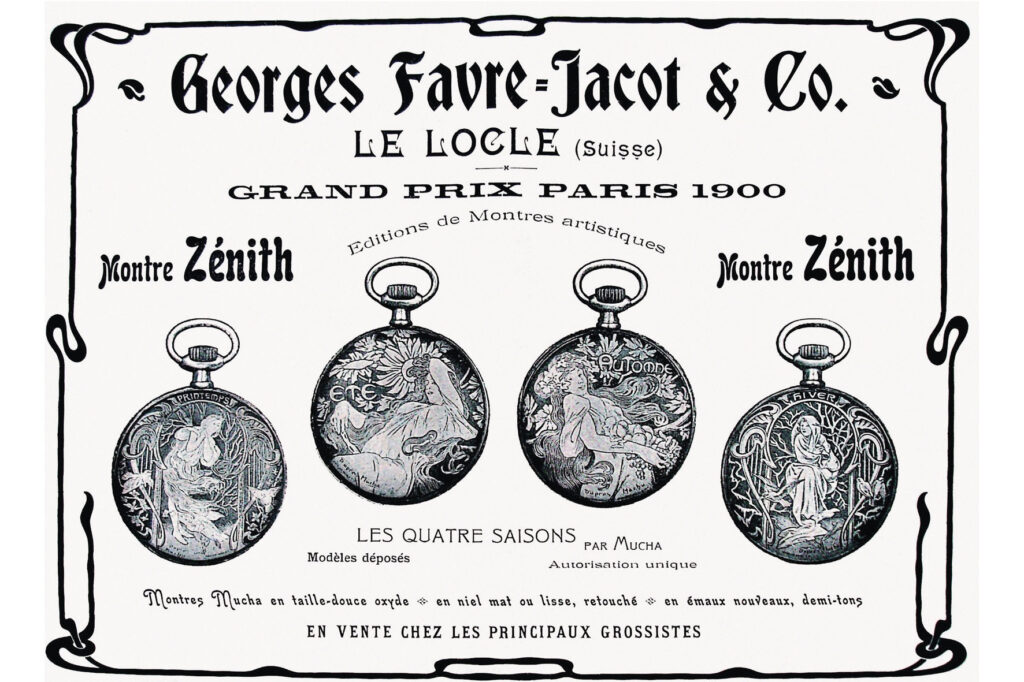
Each craftsman was called upon to be part of a rigorous process in which each component was carefully designed, manufactured and assembled. Industrialised production, which Favre-Jacot had learnt to appreciate in the USA and had transferred to Switzerland, did not come at the expense of quality: on the contrary, each component was interchangeable, adjustable and easily replaceable, thus raising the final product’s standards.
But for Georges Favre-Jacot, technical skill went hand in hand with elegance. Aesthetics thus became a fundamental form of expression, combining creativity and mechanical precision. Zenith immediately distinguished itself through the refinement of its collections and a quest for perfection that combined art and science. Thanks to this, Zenith was awarded a Grand Prix for the technical and aesthetic excellence of its watches at the Paris Exhibition of 1900.
OBSESSION WITH PRECISION: BEYOND EL PRIMERO
Technical excellence has always been a source of pride for the Maison, ever since it was founded 160 years ago. In this sense, the chronometry competitions organised by the observatories played a fundamental role in this quest. Starting in 1897, Zenith participated in these prestigious competitions to demonstrate its technical and scientific mastery. With 2,333 chronometry prizes, including several absolute records, Zenith has now established itself as the most decorated watchmaker in history. As testimony to this success, of the five precision regulators used by the Neuchâtel Observatory to set the reference time, two bore the Zenith name. An even more significant achievement, as the manufacture was the only representative of industrial watchmaking entrusted with the task of keeping accurate time.
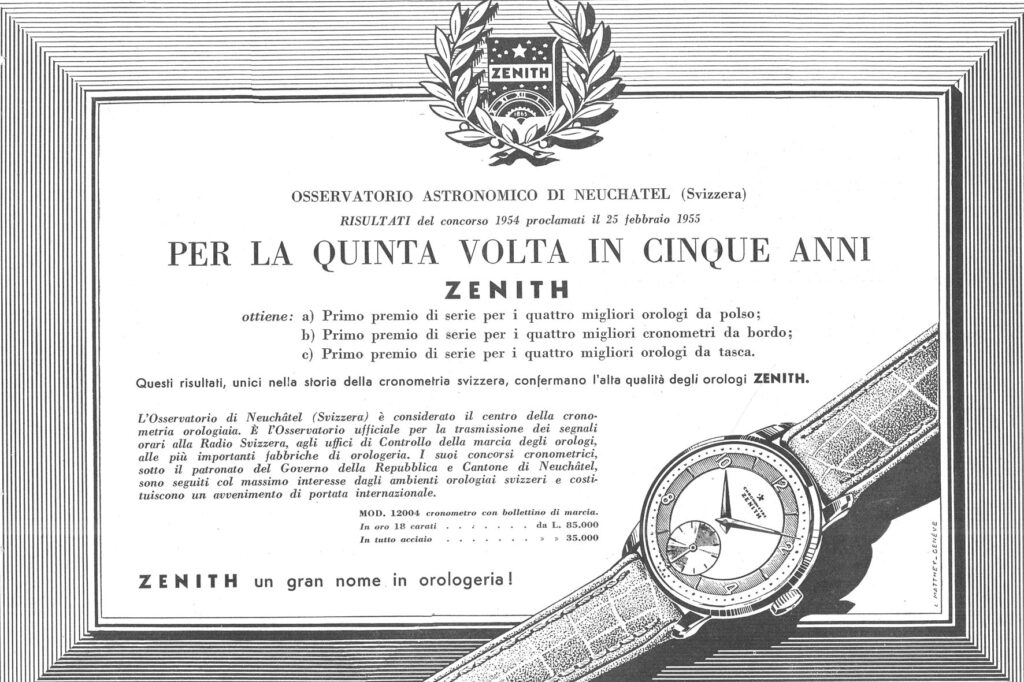
It was in the middle of the 20th century that chronometry competitions reached their highest levels and Zenith reasserted its supremacy with the development of the calibre 135-0, specially designed for these events. With 235 awards to its credit, it became a worldwide benchmark. Between 1950 and 1954, it set an absolute record, winning five consecutive first prizes in the wristwatch category at the Neuchâtel Observatory. This was the impetus for designing the first automatic chronograph in the 1960s. The goal was ambitious: to create an integrated automatic chronograph movement, the best of its generation and with a high frequency. The result, unveiled on 10 January 1969, was the El Primero calibre, oscillating at 36,000 vibrations per hour and capable of measuring with a precision of a tenth of a second.
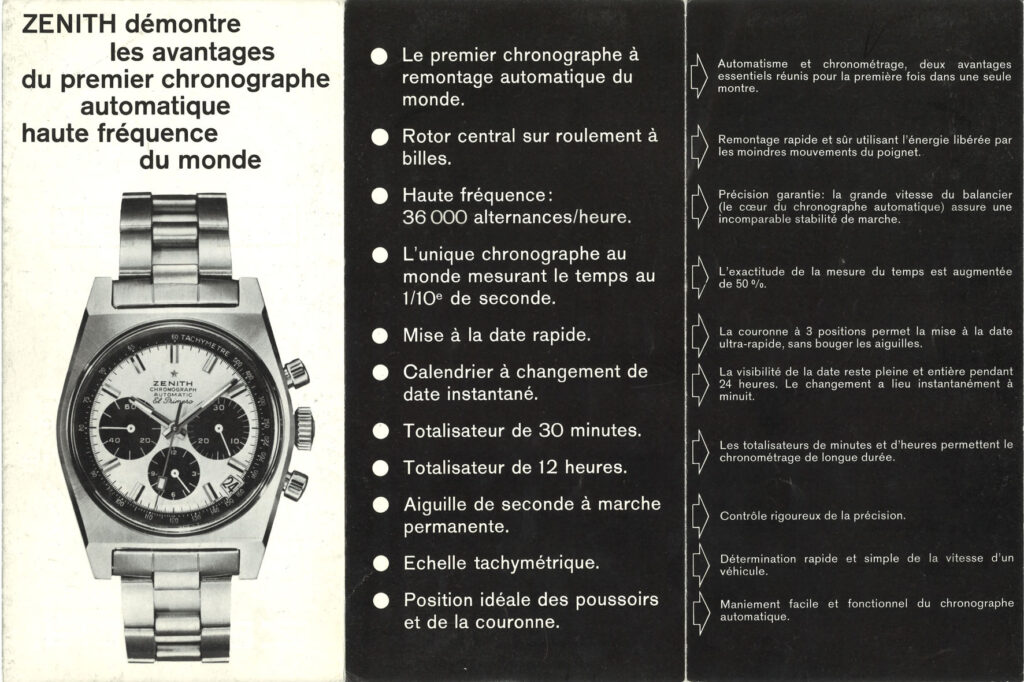
More than fifty years after its creation, the El Primero remains a symbol among chronograph movements, esteemed for its precision and the length of its autonomy. However, in the 1970s, as the quartz crisis shook the Swiss watch industry, Zenith had to temporarily suspend production. Not wanting the history and mechanics of the movement to be lost, Charles Vermot (one of the watchmakers who worked on the first series of the El Primero movement) secretly hid all the instruments and plans necessary for its creation in the attic of the factory for several months, in the hope of reviving it one day.
A decade later, this decision enabled Zenith to relaunch the calibre’s production, which in 1988 was chosen by Rolex to power its automatic Daytona models for many years, sealing the fate of a movement that had become legendary. In 2019, Zenith reinvented the El Primero with a major development: the El Primero 3600 calibre, which takes full advantage of its high frequency. The chronograph hand completes a full revolution in ten seconds, providing a direct and precise reading of the tenth of a second.
AESTHETICS AND COMMUNICATION STRATEGIES
As we have seen, one of the missions that Zenith has set for itself since its foundation is to combine mechanical excellence and aesthetic research. Since the end of the 19th century, the Maison’s pioneering spirit has led it to adopt an innovative approach, combining art and industry. Under the influence of Art Nouveau masters such as Alphonse Mucha, René Lalique and Alphonse Laverrière, Zenith combined watchmaking techniques and aesthetics to create timepieces characterised by harmony and avant-garde designs. It was in the 1960s that the brand’s creativity was given free rein. The sturdiness of the Defy‘s ‘safe-box’ case (called the ‘Time Safe’ not by chance), with its 14-sided bezel and acute angles, anticipated the era of sports watches with integrated bracelets. At the same time, the launch of the El Primero in 1969 redefined chronograph standards. With its three-coloured dials and original dials inspired by the poker-chip of the G383, Zenith consolidated its reputation as a brand with a bold approach to design.
Each collection name chosen by the Maison carried with it a declaration of intent: in 1888, Georges Favre-Jacot registered the brands Pilote and then Pilot, well before aviation was born or the automobile industry became established. Thus, Zenith watches accompanied the pioneers not only of the motor, but of history. Aviation pioneer Louis Blériot, Mahatma Gandhi, American astronaut Walter Schirra and Felix Baumgartner, the first man to jump into the stratosphere, wore a Zenith during their adventures. Already in 1912, long before the emergence of the ‘ambassadors’, the Maison paid tribute to a number of great personalities by collecting their words of admiration in a visitors’ book at the factory.
Because to sell a product you need to propose an experience and, if this is of a high standard, it must be communicated. Zenith was among the first watch brands to understand this. In the 1920s it produced video advertising, anticipating new ways of communicating. In the 1990s, with the ‘Transmission’ campaign, it once again proved to be a pioneer, embracing a theme that would become essential to contemporary watchmaking. A creative audacity that lives on today through innovative collaborations. These include one with contemporary artist Felipe Pantone, who was called upon to express a dialogue between traditional savoir-faire and the avant-garde visual codes of our time. This interaction has reinvented the Zenith watches’ aesthetics, even adorning the manufactory’s façade with a monumental work depicting a fusion of vibrant colours and digital graphics, a characteristic style of the Spanish-Argentinian artist.
ZENITH LOOKS TO THE THIRD MILLENNIUM
From the past to the present to the future, its 160 years of history allow Zenith to continue innovating. Indeed, the brand’s commitment to preserving its heritage is essential if it is to go ever further. The Maison’s archives contain so many documents that, lined up, would cover over a kilometre. They also include countless blueprints and tools that enable the manufactory to maintain, repair, restore and reproduce its watches whenever necessary. The continuity of the brand conceived by Georges Favre-Jacot is indeed at the heart of the Maison’s philosophy.
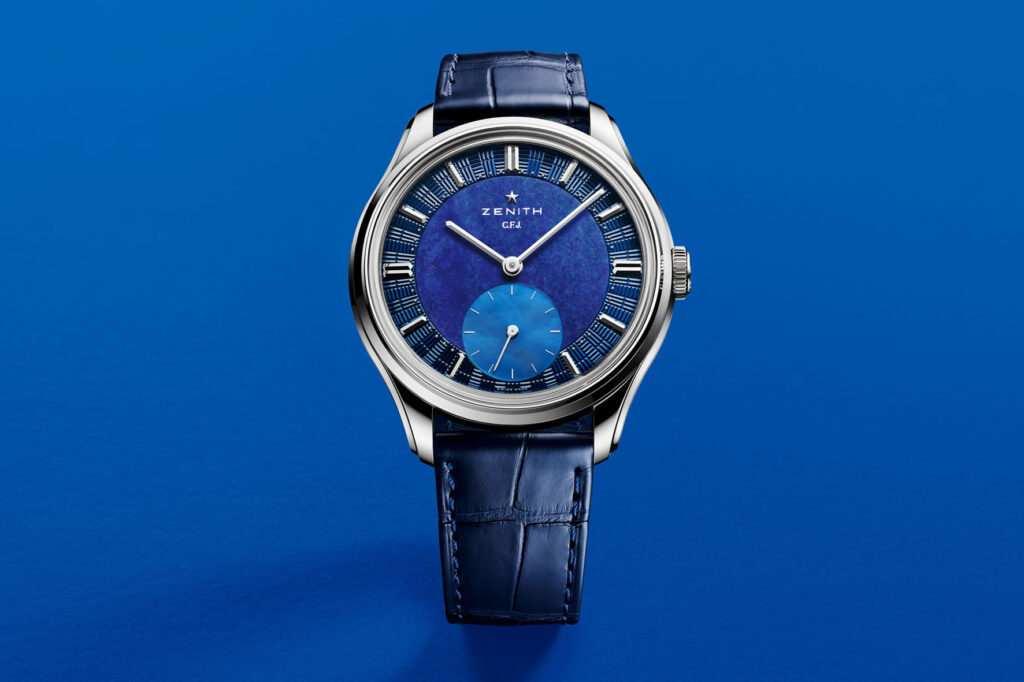
Now, as in its origins, Zenith remains one of the few watchmaking companies to bring all the skills needed to design and produce its watches and movements under one roof. More than 60 different skills come together at the Le Locle factory. Watchmakers, craftsmen, engineers and technicians combine their passion and skills to create watches that are destined to last. The ‘manufactured’ status is, of course, a guarantee of the technical mastery, quality control and reliability of the watches. This independence is also the cornerstone of the Maison’s capacity for innovation and creative freedom, providing a fertile environment for developing new ideas.
This wealth of expertise has favoured and continues to favour the design and production of all kinds of watches, as well as other original products. Throughout its history, Zenith has in fact created instruments such as counters, measuring devices, dashboard instruments and even the so-called telephonometers, devices that tracked the duration of telephone calls at the beginning of the 20th century. A quest for excellence in all areas of watchmaking craftsmanship from which the elegant and timeless G.F.J. watch was born today, powered by a contemporary reinterpretation of the calibre 135 – the champion of the golden age of competition in observatories, as we wrote above. Produced between 1949 and 1962, the calibre was available in two versions: a commercial one (135) and one designed for timekeeping competitions (135-0). The latter set a record that it still holds in the history of watchmaking, winning 235 chronometry prizes, and received five consecutive first prizes in the wristwatch category at the Neuchâtel Observatory, from 1950 to 1954.

Scrolling through Zenith’s collections – from Defy to Chronomaster to Pilot – the tension towards perfection and excellence that drives the brand is as visible today as it was 160 years ago. Having lived through centuries, world wars, industrial revolutions and crises, always following aesthetic and mechanical excellence as its ‘Polar Star’, the Maison faces the present and the future with the same fresh, visionary but also down-to-earth spirit that drove Georges Favre-Jacot to establish it in 1865. An example of tenacity, resilience and entrepreneurial ability from which timepieces destined to mark the history of watchmaking and micromechanics forever were born.
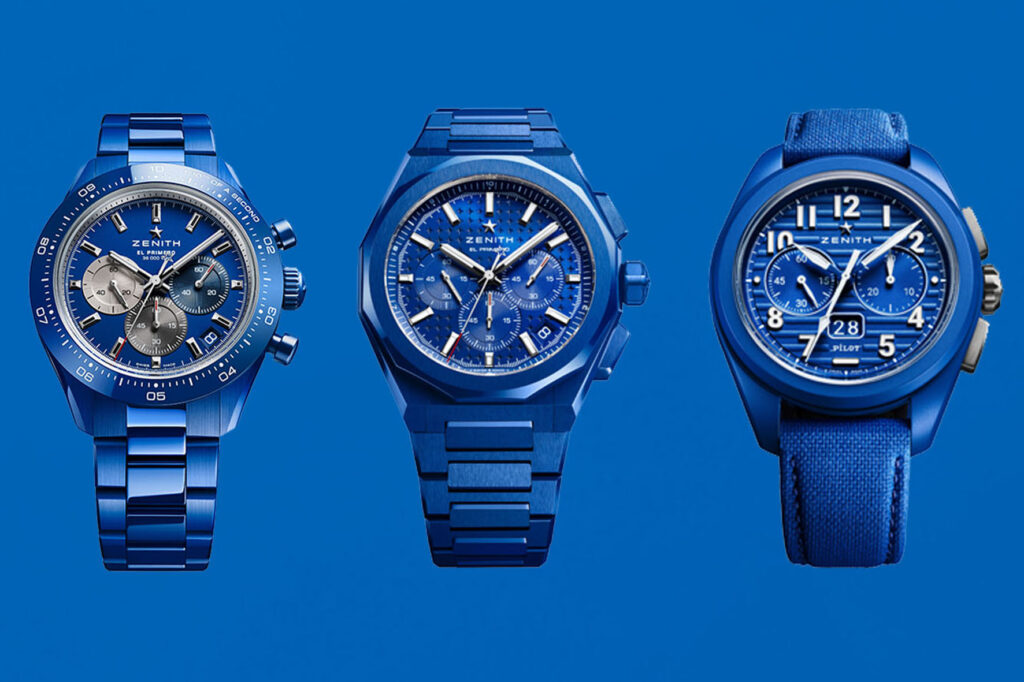
And to celebrate this unrepeatable birthday in the best possible way, the manufacture is presenting four special watches, one for each of the collections, characterised by the colour blue. The colour of the sky, the colour of Zenith, the colour of perfection. A Chronomaster Sport, a Defy Skyline Chronograph, a Pilot Big Date Chrono Flyback and a very elegant edition of the G.F.J. enrich the constellation of the brand’s excellent references. A four-of-a-kind hand of wonders to which we will not fail to reserve dedicated in-depth coverage in the coming weeks.
By Davide Passoni

